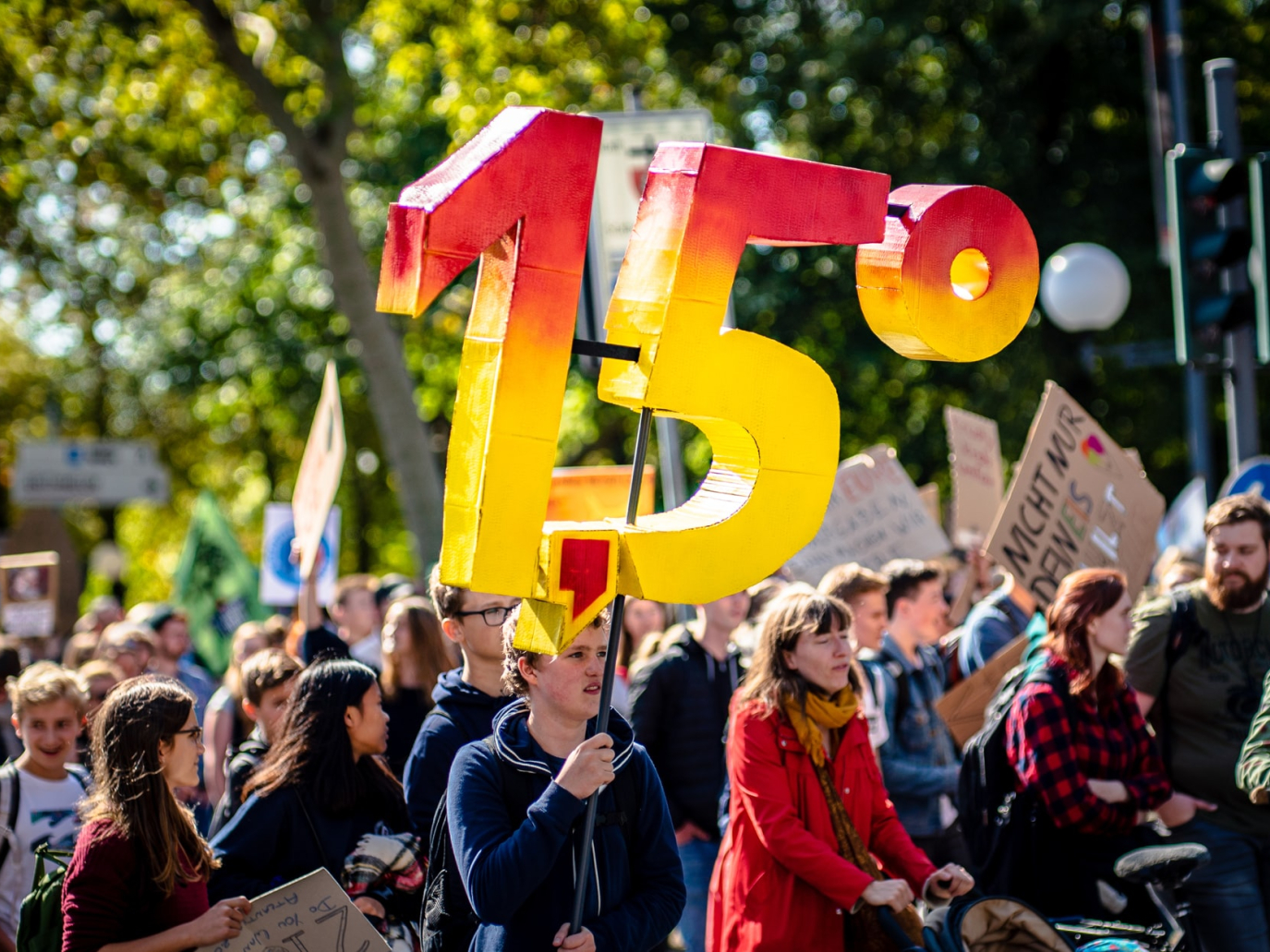It’s not too late. Reaching the goals of the Paris Agreement and limiting global warming to 1.5°C by the end of the century is still possible. Provided, however, that we act now, mobilize every sector and engage everyone. This is what transpires, in a nutshell, from the almost 3000 pages of the third volume of the VI report published on April 4th by the Intergovernmental Panel on Climate Change.
If the IPCC reports had accustomed us in recent years to bleak scenarios and catastrophic predictions, this last chapter dedicated to climate mitigation can instead be said to be marked by cautious optimism.
Climate action works, in short: we can make it. But this does not mean that we are already on the right track: there is still much work to be done and much to improve. And indeed, the message to get across is one of urgency. As the co-chair of IPCC Working Group III, Jim Skea, pointed out: “It's now or never”.
Accelerating climate action
If it is true that we are not currently on the right track to limit the temperature increase to 1.5°C, the good news (as we had already anticipated on these pages) is that it is still a viable path.
Despite the fact that global emissions in the years 2010-2019 have reached the highest levels in human history, their growth rate has in fact slowed down. And that means climate action is delivering results. “The possibility of having scenarios with very high temperatures is now lower than a few years ago,” explained Massimo Tavoni of the Politecnico di Milano during the Italian presentation of the IPCC report. However, this should be taken as an encouragement to do more, and certainly not as an excuse to lower our guard. Indeed, timing is everything, since our chance to stay within 1.5°C is played in this decade.
In fact, to meet the Paris targets, global GHG emissions will need to peak by 2025 at the latest, then decline by 43% by 2030 and reach net zero in 2050. Even to stay below the 2°C increase, emissions will have to stop rising in 2025, then fall by a quarter by 2030 and reach net zero in 2070.
“The achievement of net zero emissions is a fundamental goal because only then will the temperature stop rising,” Tavoni explains. “However, it is not necessary to zero emissions of all climate-altering gases, for some a reduction will be sufficient. As for methane, which will have to be reduced by about one third.”
According to the IPCC report, however, even if we manage to reduce emissions in time it will be almost inevitable to temporarily exceed the limit of 1.5°C (the so-called overshoot), but the temperature should then return to lower by the end of the century.
It is important in any case to act now, strengthen mitigation policies, investments and decarbonization of all sectors, otherwise, warns the IPCC, if we continue with business as usual, “it is expected that greenhouse gas emissions will continue to increase after 2025, leading to an average global warming that would reach 3.2°C by 2100.”
All the solutions to halve emissions by 2030
The other good news from the IPCC report is that the solutions and technologies to succeed in cutting emissions (at least) in half by 2030 are all already available to us. The IPCC of course does not take sides for one solution or another, but simply offers a complete picture of all available options, outlining among other things 5 different scenarios of achieving climate neutrality, or Net Zero Carbon. Tavoni explains: “This opens up a variety of approaches to be taken depending on the different geographic areas and levels of development of the regions.”
Technological and logistical solutions affect a bit all sectors of the economy and society: energy first of all, but also industry, transport, land use, buildings, cities, up to behaviors and lifestyles.
The energy transition is, of course, at the heart of decarbonization. “The energy sector is responsible for one-third of emissions,” pointed out Elena Verdolini of the University of Brescia. “But there have been clear steps forward since the last report came out seven years ago.” The most important is certainly the significant reduction in the cost of renewables: -85% for solar and -55% for wind compared to 2010. “Renewables are now competitive with fossil fuels. And the price of batteries has also come down,” Verdolini adds. “There is also growing interest in other alternative sources such as hydrogen and sustainably produced biofuels.”
Directly linked to the energy sector is then the transport sector, where the focus is on electrification, but also on reducing demand altogether.
Interestingly, the discussion of industry brings up the circular economy. The entire industrial sector accounts for a quarter of global emissions, according to the IPCC. To reduce them, we need “a more efficient use of materials, the reuse and recycling of products and the minimization of waste”: all approaches that the report – like any other study on the circular economy – defines as “underused”.
Speaking of the soil, agriculture and forestry can allow not only the reduction of emissions, but also the removal and storage of CO2 on a large scale. This, however, will also need to be done, at least in part, with Carbon Capture technologies.
An important game is also being played on cities, and in particular on buildings. There is talk of redesigning urban mobility, reducing in general the consumption of resources of urban ecosystems and implementing nature-based solutions to store carbon (e.g. urban green). Above all, new buildings will all have to be zero-emission, but it will also be necessary to find ways to reduce and optimize spaces to limit land consumption in an increasingly populated planet. “Efficiency is no longer enough,” points out Paolo Bertoldi, senior expert for the European Commission and one of the IPCC authors. “The concept of Energy Sufficiency is now introduced, which means limiting demand (of space, resources, energy) to what can allow the well-being of all.”
Finally, IPCC scientists also recognize a very high potential in climate mitigation for individual behaviors. “Having the right policies, infrastructure, and technologies in place to enable changes in our lifestyles and behaviors,” said IPCC Working Group III co-chair Priyadarshi Shukla, “can lead to a 40-70% reduction in greenhouse gas emissions by 2050.”
Bridging the investment gap
We have the time and we have the technologies. What is lacking at this point is the money to accelerate climate action. The transition, this is clear, has and will have a cost. But what is equally clear is that "the benefits, including economic benefits, of global action to reduce emissions are greater than the costs that this action entails". And even if world GDP, as the 1.5°C scenario predicts, slows its growth by 0.1% per year, it will still continue to grow.
The IPCC report is particularly insistent on the lack of investment for decarbonization because, once again, this is a solvable issue and not a utopia: the money is there. “Although financial flows are three to six times lower than the levels we need by 2030 to limit warming below 2°C, there is sufficient global capital and liquidity to fill the investment gap,” the summary reads. “However, a clear signal is needed from governments and the international community, including stronger alignment of finance and public sector policy.”
“Levers such as policy packages, fiscal tools, and technology standards are also needed,” Elena Verdolini adds. “We face herculean challenges: we need to put all the options in place, do it now, and get everyone working. We can't really talk about report optimism, but we also shouldn't think we don't have options. We have all the options. If we fail, it will only be our own fault.”
Image: Mika Baumeister (Unsplash)



